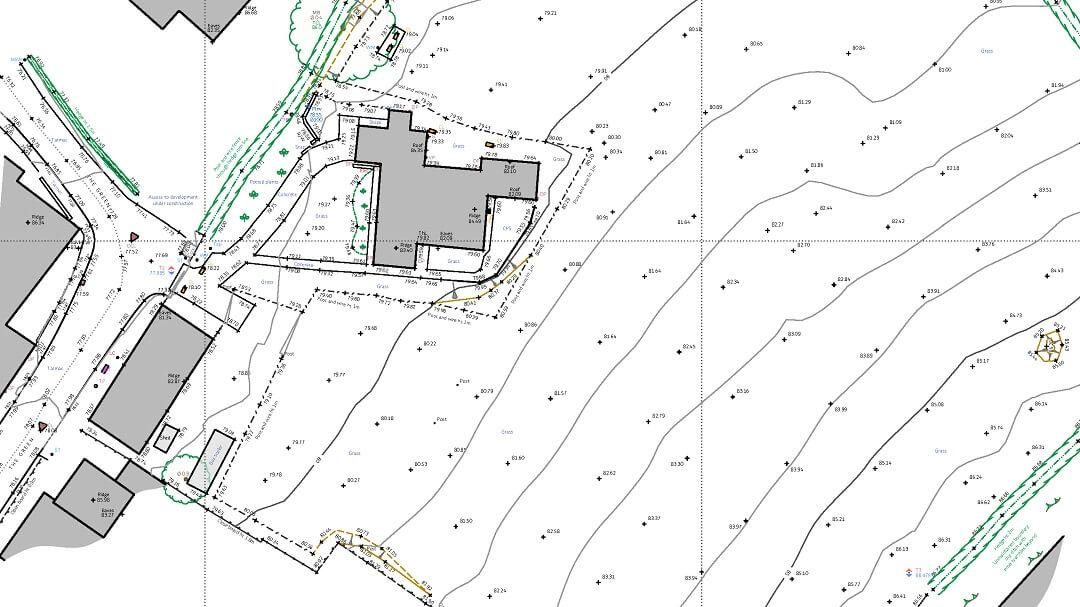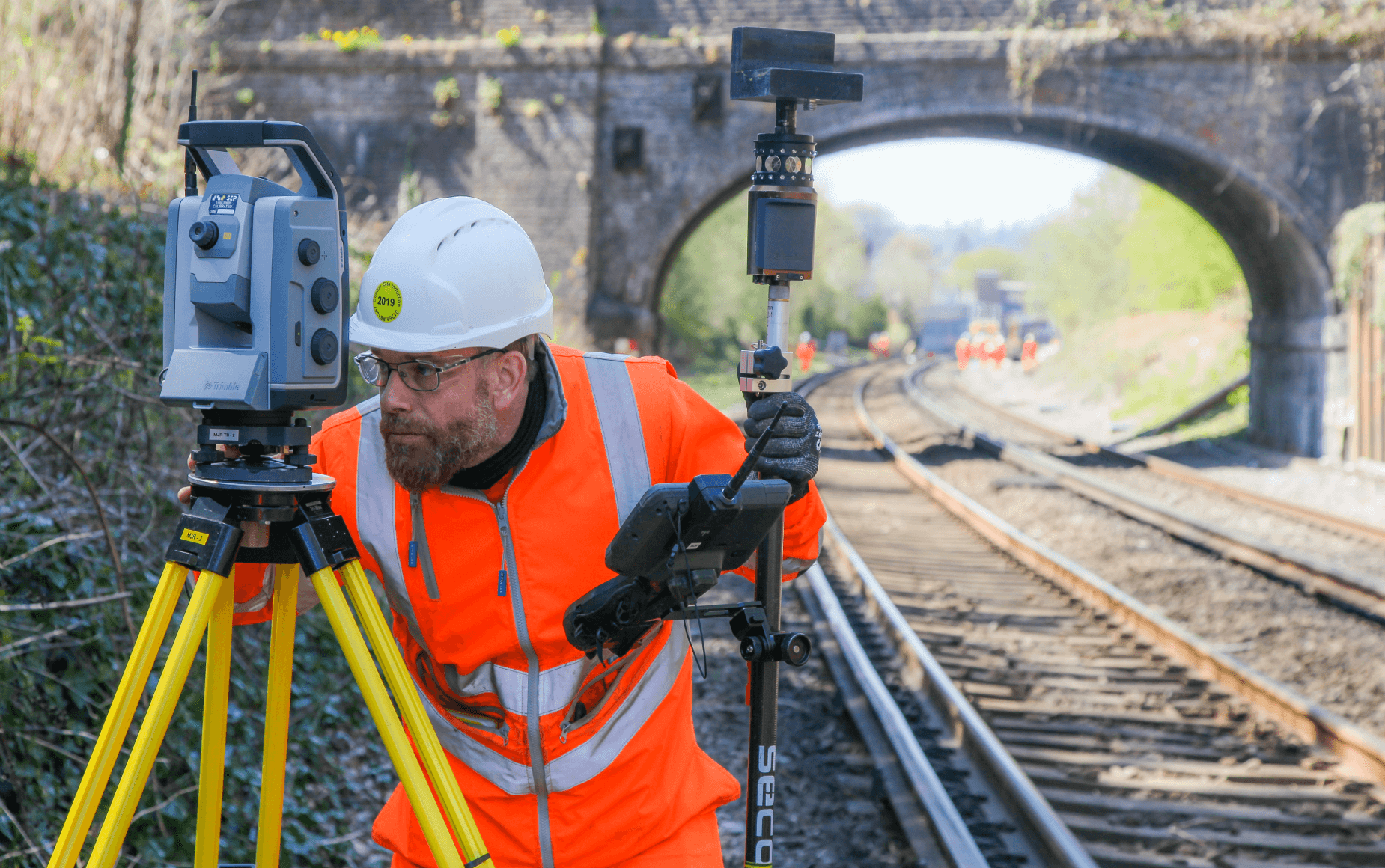Engineering Surveys: Understanding Their Role in Safe and Efficient Design
Necessary Devices and Methods in Establishing Out Engineering
The technique of setting out design counts greatly on a collection of vital tools and strategies that underpin the precision and performance of task execution. Instruments such as property surveyor's levels, complete terminals, and progressed GPS modern technology are essential for developing exact reference factors. The combination of conventional methods with modern methods, consisting of geospatial evaluation and 3D modeling, provides considerable benefits in visualizing website conditions. Recognizing just how these aspects communicate is crucial for decreasing errors and improving job results, yet the nuances of their application commonly continue to be ignored. What implications does this hold for future engineering techniques?
The Relevance of Accurate Dimensions

The value of precise dimensions expands past simple compliance; they are integral to the total performance of engineering procedures. Mistakes can result in worldly waste, task delays, and raised labor expenses, eventually impacting the project's profits. Specific measurements improve the top quality of the final item, ensuring that it performs as meant and fulfills the assumptions of stakeholders.
Furthermore, the importance of accurate measurements is evident in numerous design techniques, consisting of civil, mechanical, and electric design. Thus, fostering a society that focuses on precision is vital for the future of engineering.
Essential Devices for Laying Out
Setting out, an important phase in the design and building procedure, depends greatly on particular devices that make sure accurate place and alignment of structures. Amongst these tools, the property surveyor's level sticks out, providing exact straight measurements crucial for establishing recommendation factors. This instrument allows engineers to figure out altitude changes and keep uniformity throughout the project site.
The total amount station is an additional vital tool, incorporating digital distance measurement with angular dimension capabilities. This modern technology enhances effectiveness and precision in capturing spatial information, enabling efficient site design and preparation.
Furthermore, the use of measuring tapes and marking tools, such as chalk lines or risks, is basic for temporarily marking boundaries and important points on the site. These standard devices, though easy, are critical for ensuring clear communication among the construction team concerning job specs.
Finally, general practitioner technology has acquired traction in laying out processes, providing real-time positioning information and significantly improving precision over typical approaches. Jointly, these crucial devices develop the backbone of effective laying out practices, inevitably adding to the effective execution of engineering and construction tasks.
Advanced Checking Methods
Advanced surveying techniques play a critical function in enhancing the accuracy and performance of engineering projects. These techniques incorporate a variety of approaches that offer accurate my review here information for style and construction. Traditional approaches, such as leveling and triangulation, have evolved right into a lot more sophisticated approaches, consisting of Overall Terminal surveys and Global Navigating Satellite Solution (GNSS)
Total Terminal tools incorporate digital theodolites with distance measurement capacities, enabling land surveyors to gather accurate location information with wonderful speed. This technology dramatically decreases mistakes connected with manual measurements and gives real-time data handling. GNSS offers exceptional precision for large-scale jobs by making use of satellite signals to determine precise positioning, which is crucial for aligning frameworks and making certain compliance with design specs.
In addition to these tools, progressed techniques likewise integrate geospatial evaluation and 3D modeling. These methods allow designers to envision terrain and site conditions better, helping with much better decision-making throughout the preparation stage. By using these advanced surveying methods, engineering projects can accomplish higher precision in design, lower rework, and inevitably boost total task success.
Digital Modern Technology in Design
The assimilation of electronic innovation has actually reinvented engineering practices, enhancing both productivity and precision throughout different self-controls. Tools such as Building Information Modeling (BIM) facilitate the visualization and monitoring of intricate tasks, enabling engineers to collaborate perfectly and make informed choices. This modern technology makes it possible for the development of in-depth 3D models, which can be analyzed for architectural honesty and effectiveness before construction starts.

The application of fabricated intelligence and machine understanding in engineering procedures further boosts predictive upkeep and optimization of resources. On the whole, electronic innovation is reshaping the design landscape, driving innovation, and making certain that jobs are completed with higher performance and decreased danger.
Best Practices for Application
When applying electronic technology in design, it is crucial to establish a calculated approach that lines up with project goals and business capabilities. A complete evaluation of existing operations and modern technology facilities is important to identify gaps and chances for enhancement. Involving stakeholders early in the procedure cultivates collaboration and guarantees that the innovation satisfies individual requirements.

Task supervisors should adopt an iterative application approach, enabling this post adjustments based on real-time comments and efficiency analyses. This dexterous approach not only reduces threats but also promotes continuous renovation by incorporating lessons discovered.
Final Thought
Finally, the combination of crucial tools and advanced strategies in establishing out engineering is vital for making certain accuracy in dimensions and effective task implementation. Using tools such as surveyor's levels, overall stations, and GPS technology, alongside modern-day evaluating approaches, enhances accuracy and lowers the probability of errors. Taking on best techniques in implementation better enhances these procedures, inevitably fostering boosted job results in the design and construction industries.
The technique of establishing out engineering relies greatly on a suite of essential tools and strategies that underpin the accuracy and efficiency of task implementation.In addition, the importance of precise measurements is evident in different design disciplines, consisting of civil, mechanical, and electric design. By using these innovative checking methods, engineering jobs can achieve better precision in layout, minimize rework, and ultimately improve total job success.
In general, digital modern technology is reshaping the design landscape, driving advancement, and making sure that jobs are finished with greater efficiency and lowered threat (setting out engineering).In verdict, the assimilation of crucial tools and advanced strategies in setting out design is crucial for guaranteeing precision in dimensions and effective job execution